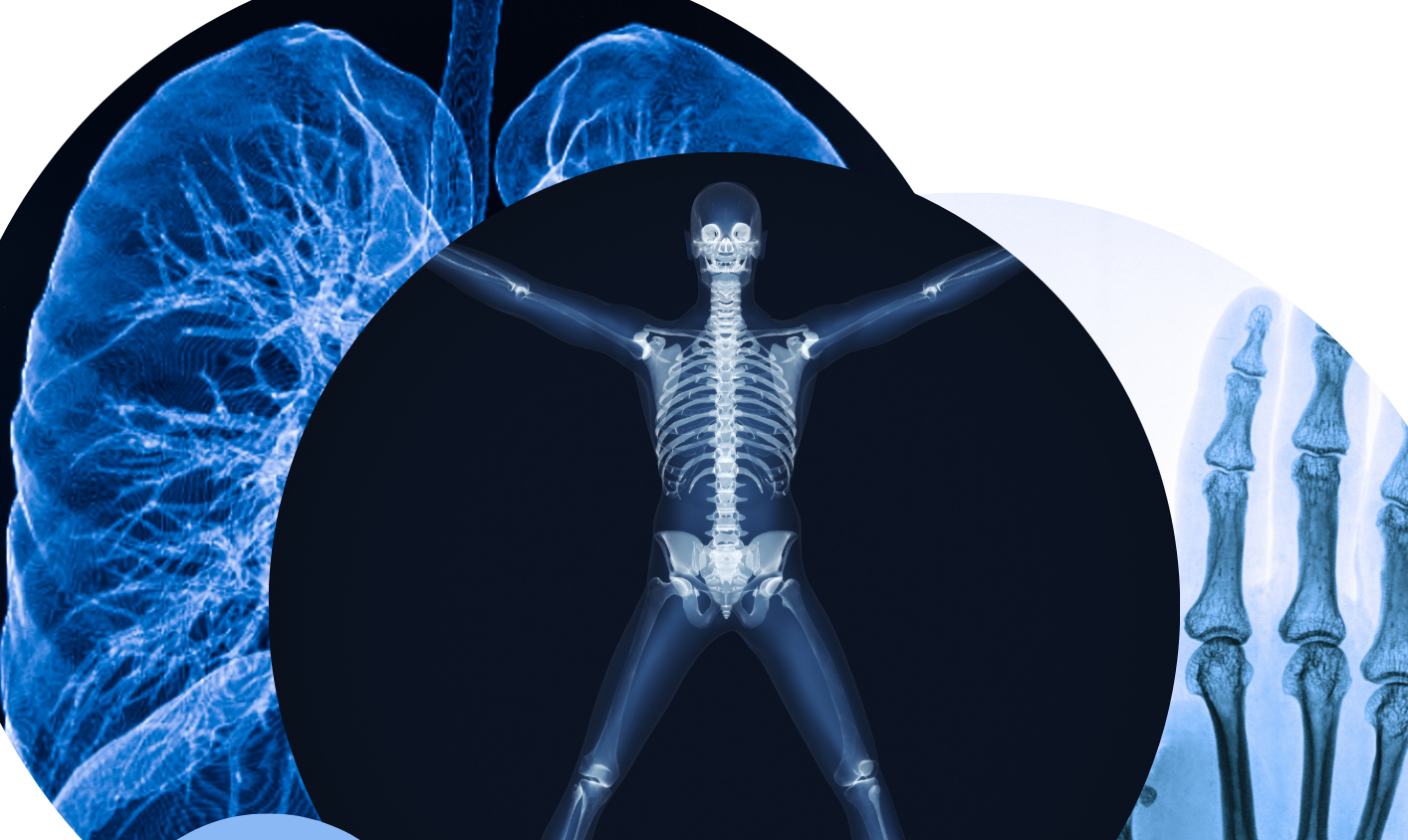Kliininen Radiografiatiede-lehti

Kliininen radiografiatiede on Suomen Röntgenhoitajat ry:n ja Radiografian Tutkimusseura ry:n julkaisu. Lehti on vertaisarvioitu julkaisu, jossa julkaistaan radiografian alaan (käytäntö, koulutus ja tutkimus sekä radiografiatiede) liittyviä, suomen-, ruotsin- ja englanninkielisiä tieteellisiä alkuperäisartikkeleita.